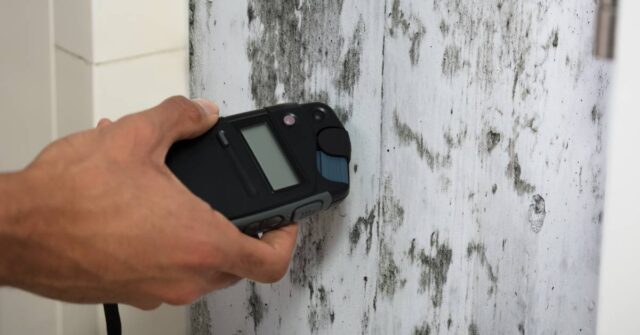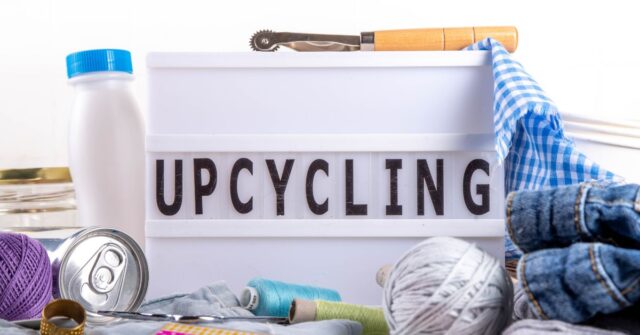Bathrooms are the unsung heroes of any home, providing comfort and functionality every single day. But when issues arise, they can disrupt your entire routine.
From pesky leaks to clogged drains, tackling common bathroom repairs can seem like solving a jigsaw puzzle-one piece at a time.
Let’s break it down into manageable steps, so your bathroom stays in tip-top shape.
Introduction to Common Bathroom Repairs
Every bathroom has its quirks, but some problems are universal. Understanding these common issues and knowing how to address them can save you time, money, and a lot of frustration.
While some tasks are perfect for a DIY approach, others require professional expertise. We’ll guide you through both.

The Importance of Maintaining Your Bathroom
A well-maintained bathroom isn’t just about aesthetics; it’s about safety and efficiency. Leaks, for instance, can lead to structural damage or mould.
Regular maintenance keeps small problems from snowballing into bigger ones. Think of it as giving your bathroom a regular health check-up-it’s always better to catch problems early.
Top Bathroom Issues Homeowners Face
- Shower and faucet leaks
- Clogged drains
- Damaged grout and tiles
- Running or leaky toilets
- Mold and mildew buildup
These problems might seem like minor inconveniences, but they can add up quickly. Understanding their root causes is the first step to fixing them effectively.
DIY or Hire a Professional: Making the Right Choice
Some repairs, like unclogging a drain or replacing a faucet washer, are easy enough to tackle yourself.
But when plumbing lines or electrical components are involved, it’s often better to call in a professional. Knowing your limits can save you from making things worse (and a hefty repair bill).
Fixing Shower Leaks
Shower leaks can be sneaky, showing up where you least expect them. Left unchecked, they can cause significant water damage. Let’s look at how to spot, diagnose, and repair them.
What Causes Shower Leaks?
Shower leaks often stem from worn seals, faulty plumbing, or cracks in grout and tiles. Sometimes, it’s as simple as a loose showerhead.
Identifying the cause early can save you from larger problems like mould growth or structural damage.
How to Locate the Source of the Leak
Finding a leak can feel like detective work. Start by checking the showerhead, seals around doors, and grout lines.
Use a flashlight to spot tiny drips or damp areas. Don’t forget to inspect the walls and floors outside the shower for signs of water damage.
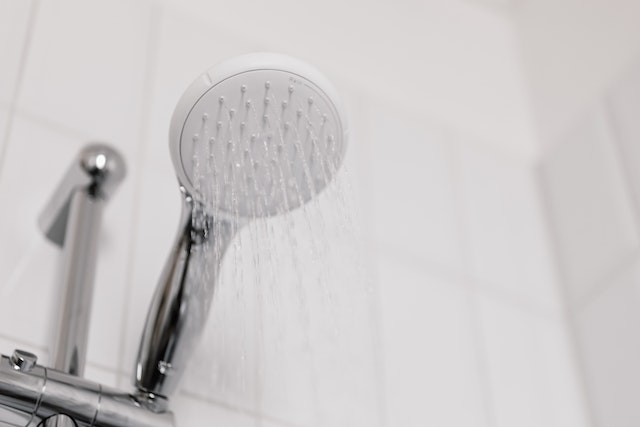
Repairing a Leaky Showerhead
A dripping showerhead is often due to a worn washer or loose connection. Turn off the water supply, unscrew the showerhead, and inspect the components.
Replace any damaged parts and reattach securely, using the plumber’s tape for a tight seal.
Fixing Leaks Around Shower Doors
Shower door leaks are typically caused by worn or damaged seals. Remove the old seal, clean the surface, and install a new one.
A thin bead of silicone caulk around the edges can add extra protection against water escaping.
Replacing Damaged Grout and Tiles in the Shower
Cracked grout and tiles allow water to seep into walls and floors. Use a grout saw to remove the damaged grout, clean the area, and apply new grout.
For tiles, carefully remove the broken piece, clean the surface, and replace it with waterproof adhesive.
When It’s Time to Replace Your Shower Components
If repairs aren’t enough to stop the leaks, it may be time to replace old or damaged shower parts.
Consider modern, water-efficient options that can reduce your utility bills and freshen up your bathroom’s look.
Repairing Leaky Faucets and Taps
Drip, drip, drip. That sound is more than just annoying’s wasting water and money. Let’s fix it.
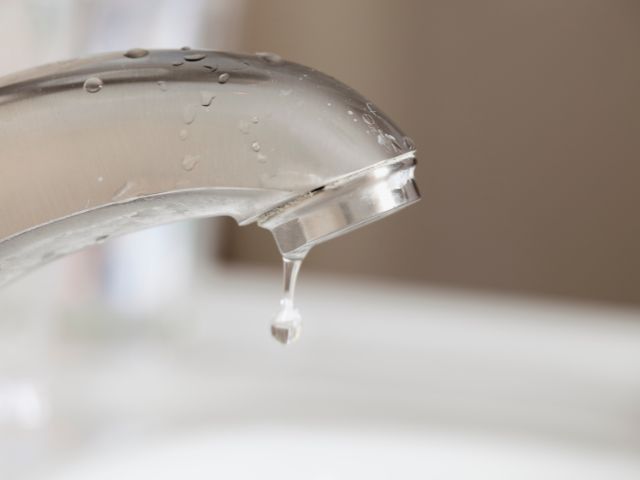
Common Reasons Faucets Leak
Leaky faucets are usually caused by worn washers, O-rings, or valve cartridges. Corrosion or improper installation can also play a role. Identifying the root cause is the key to an effective repair.
How to Identify Your Faucet Type
Faucets come in several varieties, including compression, ball, cartridge, and ceramic disk. Knowing your type helps you find the right replacement parts and follow the correct repair steps.
Tools and Materials for Faucet Repairs
- Adjustable wrench
- Screwdrivers
- Replacement washers, O-rings, or cartridges
- Plumber’s tape
- Cleaning cloth
Having these on hand will make the job much easier.
Step-by-Step Instructions to Fix a Leaky Faucet
- Turn off the water supply to avoid a flood.
- Disassemble the faucet to expose the faulty parts.
- Inspect and replace worn components.
- Reassemble the faucet and turn the water back on to test.
Simple repairs can often be done in under an hour, even for beginners.
Tips to Prevent Faucet Leaks
Avoid overtightening handles, clean faucets regularly to prevent buildup, and replace worn parts promptly. These small habits can extend your faucet’s lifespan significantly.
Unclogging Bathroom Drains
Clogged drains are a common nuisance, but they’re easy to handle with the right approach. Let’s dive into the most effective methods.
Why Bathroom Drains Get Clogged
Hair, soap scum, and foreign objects are the usual culprits. Over time, these create blockages that slow or stop water flow completely.
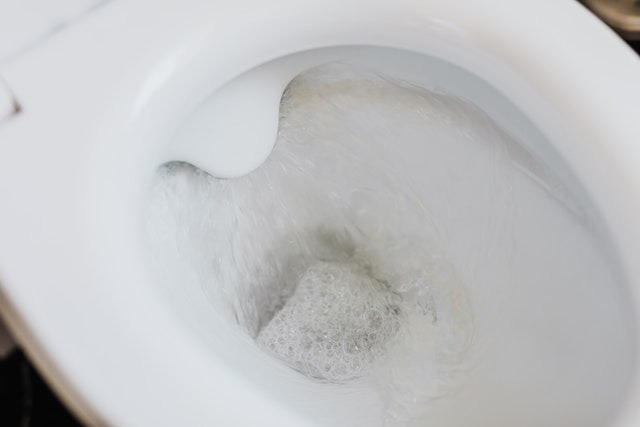
DIY Techniques to Unclog a Drain
Start with a plunger to create suction and loosen the blockage. If that doesn’t work, use a drain snake to remove debris.
For a chemical-free solution, pour a mixture of baking soda and vinegar down the drain, followed by hot water.
How to Use a Plunger or Drain Snake
Place the plunger over the drain and pump firmly. If using a drain snake, insert it slowly, twist to catch the clog, and pull it out. Repeat as necessary until the drain is clear.
Should You Use Chemical Drain Cleaners?
While effective, chemical cleaners can damage pipes over time. Use them sparingly and only as a last resort. For persistent clogs, professional help may be safer.
Preventative Measures to Avoid Clogged Drains
Install drain covers, clean them regularly, and avoid letting hair or grease go down the drain. Prevention is always easier than fixing a clog.
Conclusion
Your bathroom doesn’t have to be a source of stress. By addressing common issues with the right tools and techniques, you can keep it running smoothly.
For the trickier problems, don’t hesitate to call in a professional. After all, a well-maintained bathroom is worth its weight in gold-no drama, no headaches, just a space that works for you.




